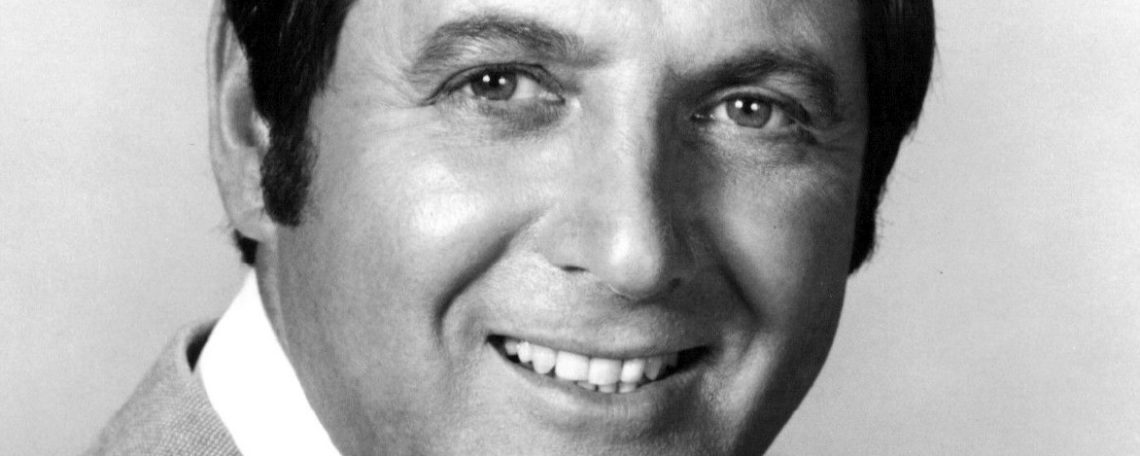The Monty Hall Problem
The Monty Hall problem concerns a strategy for a game show. It is loosely based upon an American TV game show called Let’s Make A Deal and is named after the show’s presenter, Monty Hall.

Let’s Make A Deal
The problem was originally posed (in a slightly different form) by Steve Selvin to the scientific journal, The American Statistician in 1975. However, it was made famous by a reader’s letter to Parade magazine in 1990. The letter asked:
Suppose you’re on a game show, and you’re given the choice of three doors: Behind one door is a car; behind the others, goats. You pick a door, say No. 1, and the host, who knows what’s behind the doors, opens another door, say No. 3, which has a goat. He then says to you, “Do you want to pick door No. 2?” Is it to your advantage to switch your choice?
It’s Decision Time
If you were the contestant, what would your decision be? Stick with the door you originally chose (door 1, in this specific case) or switch to the remaining door (door 2)? Do your odds of winning improve if you switch your choice of door? Or are you more likely to lose the car if you make the switch? Or does it make no difference?
…

You must be logged in to post a comment.